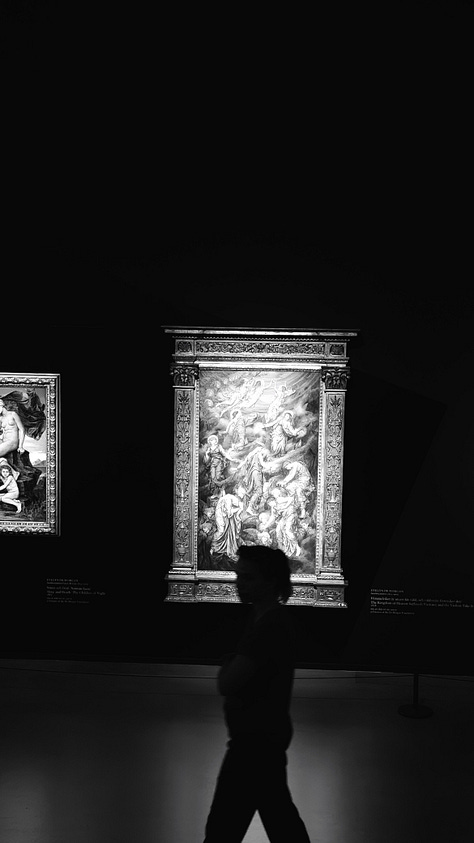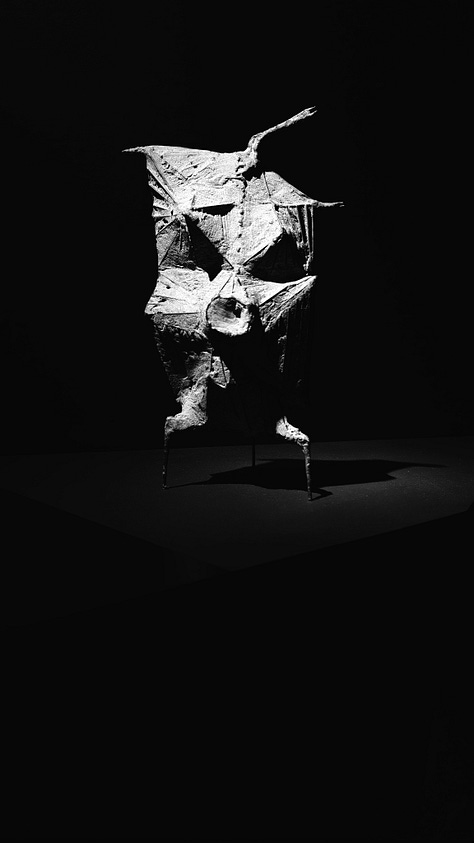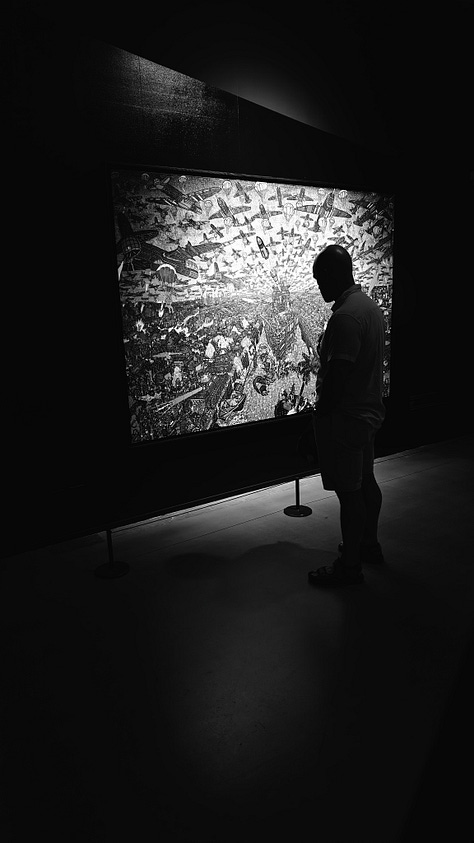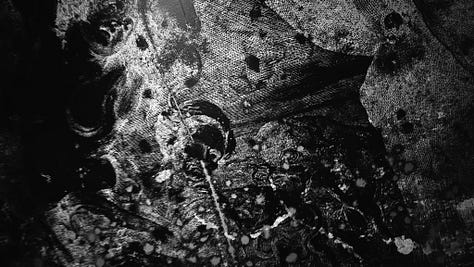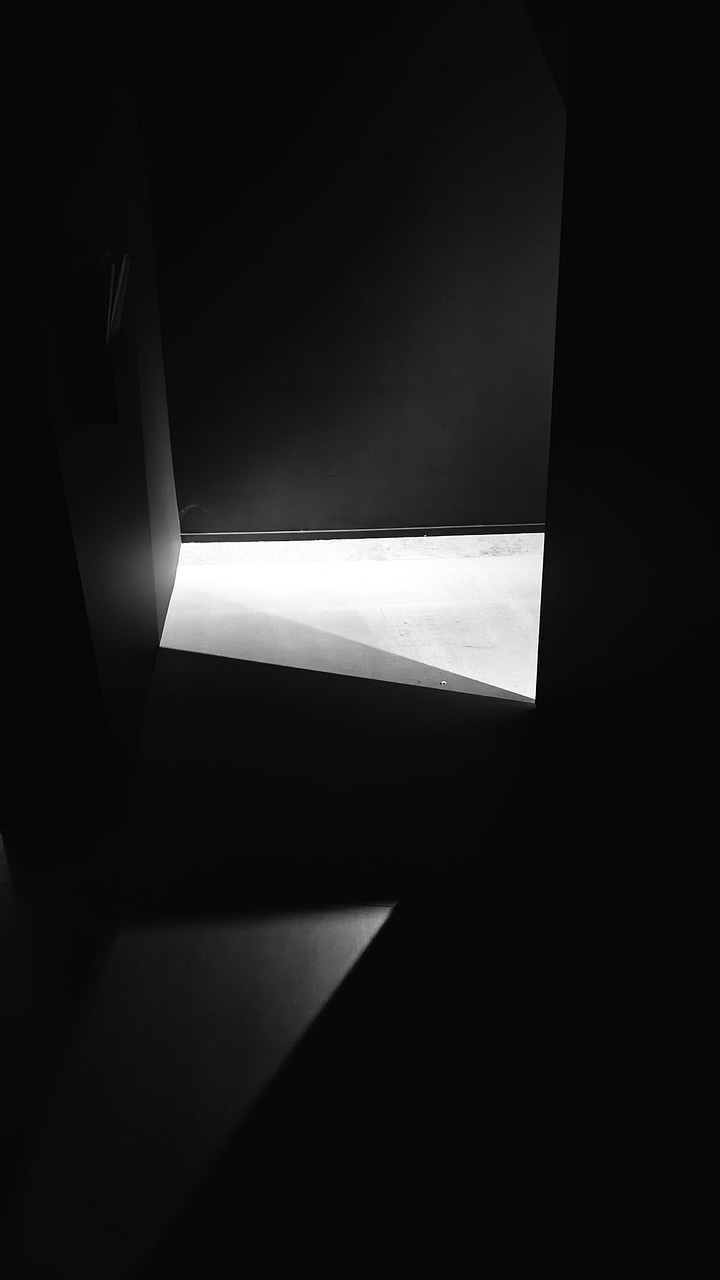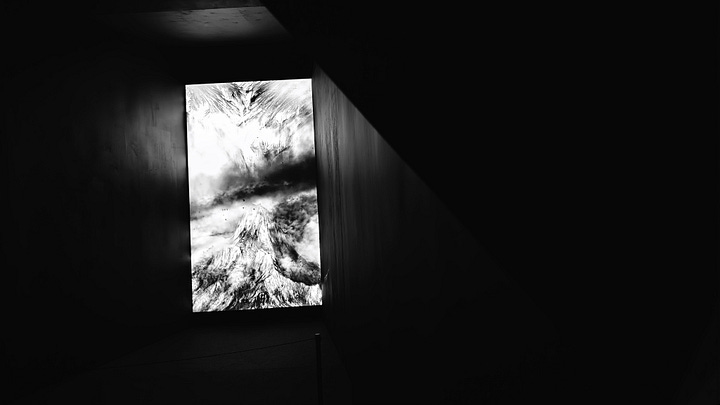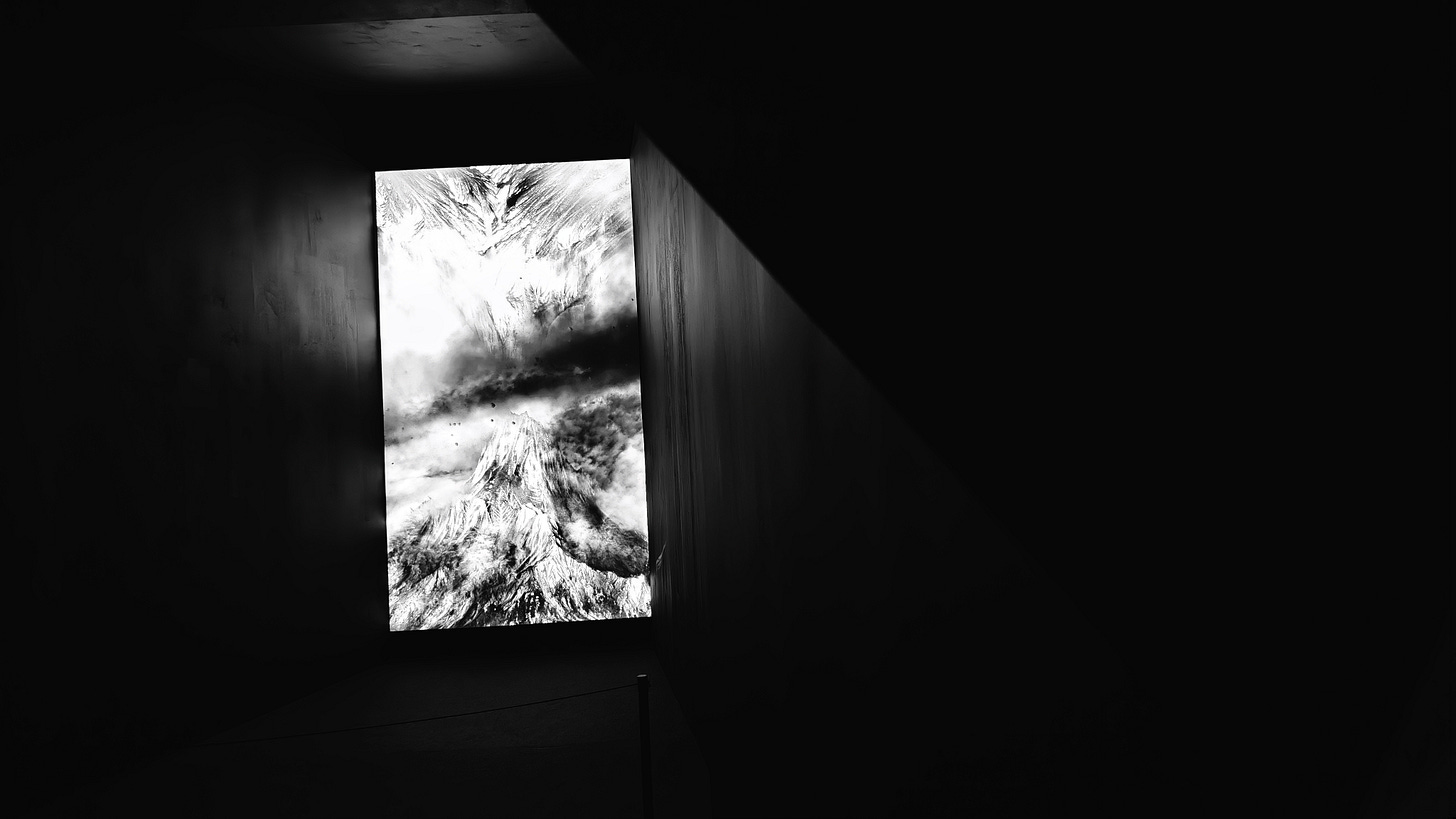Gothenburg was hot that day. The air stuck to my skin and shimmered off the streets. I wasn’t expecting that, not here. I slipped into the cool dark of the Göteborgs konstmuseum without thinking much about what I’d see, just another exhibition, I told myself. But Apokalyps hit me like a punch in the chest.
The rooms were dim, the walls breathing with sound; that slow, ominous orchestral hum that seemed to settle deep in my ribs. It felt less like entering a gallery and more like stepping into a waiting room for the end of the world.
Paintings of fire and broken skies. Melting glaciers, crumbling cities, visions of judgment. Some centuries old, others fresh with our own anxieties: climate, war, AI. I stood in front of John Martin’s Apocalypse like a child staring at a storm. The sheer drama of it, the dark weight of the brushstrokes. We’ve always been imagining the end, haven’t we?
But there is also this strange beauty, like something on the edge of breaking but still holding together. I thought of Peter Lindbergh’s photographs of Giacometti’s sculptures while I was shooting. That quiet intimacy he found, as if each figure had its own breath. I tried to make my images like portraits of the works, not just showing them, but standing in front of them as if they might look back.
The soundtrack, this deep, almost funereal orchestra, followed me through the rooms. At times, it felt like the walls were vibrating. I moved slowly, picking out fragments: the curve of a statue’s back, a pair of hands almost touching, the dark gleam of a surface. I wasn’t documenting the exhibition. I just wanted to see how it would feel through my lens.
Outside, the sun was still blazing. People were drinking iced coffee, moving through the streets like nothing had changed. But I felt different, like I’d stepped out of some fever dream about the end of the world, and maybe about its rebirth too.
– Kalum
